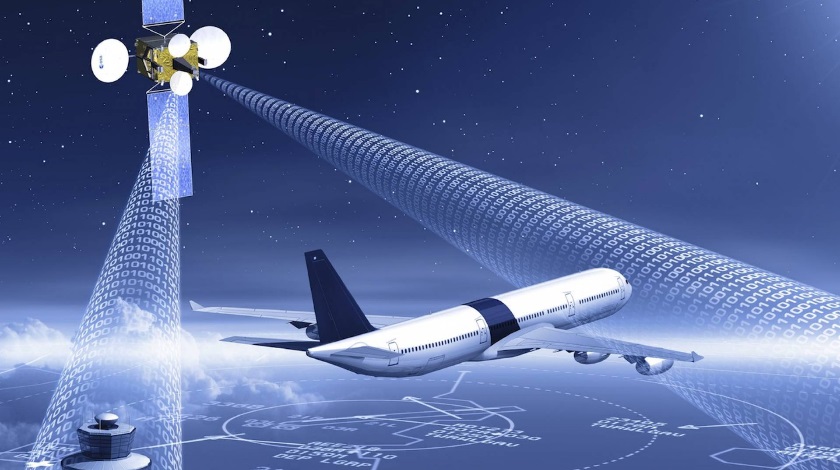Photo: ESA
Reading Time: 2 minutesShops doing modifications to install or upgrade inflight connectivity are likely to stay very busy for quite a while. Katrina Korzenowski, vice president of SITAONAIR in Asia Pacific, told attendees at SITA’s recent Singapore IT Summit that connectivity continues to expand rapidly.
According to SITA’s latest IT Survey, 37% of responding airlines operate connected aircraft now. A higher portion, 45%, are either operating or now taking delivery of connected aircraft. That portion rises to two-thirds when carriers that will take connected aircraft by the end of 2019 are included.
The SITA survey also revealed airline’s priorities in connecting aircraft with the ground. A strong 71% of respondents are investing in installation of electronic flight bags, and another 21% have major research and development programs going in EFBs.
The numbers are only slightly lower for providing wireless in-flight services for passengers. More than half, 52% of airlines, are investing in installing such systems, and another 28% are researching installation.
Next in priority is providing wireless services for aircraft crew, both cockpit and cabin. Slightly less than half, 49% of airlines, are spending money on a major program here, but 30% are looking into this option.
The prominence of EFB programs is important. EFBs are preconditions to electronic technical logs, which are in turn often an early step to a paperless maintenance system. Even as they seek to please passengers, airline managers are also looking for more efficient maintenance and operations. And although connectivity is not strictly necessary, it improves the opportunities for better aircraft health monitoring.
Connectivity is the clear wave of the future for full-service airlines flying mainline aircraft. The only hesitation is among some very cost-conscious LCCs and many ULCCs and regional carriers that fly small aircraft on short segments, over which passenger appetite for connectivity is not as intense as on long flights. So vendors are offering these carriers wireless cabin solutions, often portable ‘Wi-Fi in a box’ entertainment, that does not need connectivity, fixed installation or supplemental type certificates.
But cost reductions in connectivity may eventually influence even this market. Capacity costs are coming down with the new high- and extreme-throughout satellites. Regional flights on small aircraft with light Internet usage may get by with one Megabit per second of total capacity at reasonable charges. And better antennas, which could cut the $70,000 a year per plane carriers must now spend on weight and drag costs, are on the horizon. QEST and Phasor Solutions say their more economic antennas will be ready next year. Connectivity providers expect it make take three years to see these devices commonly available.

